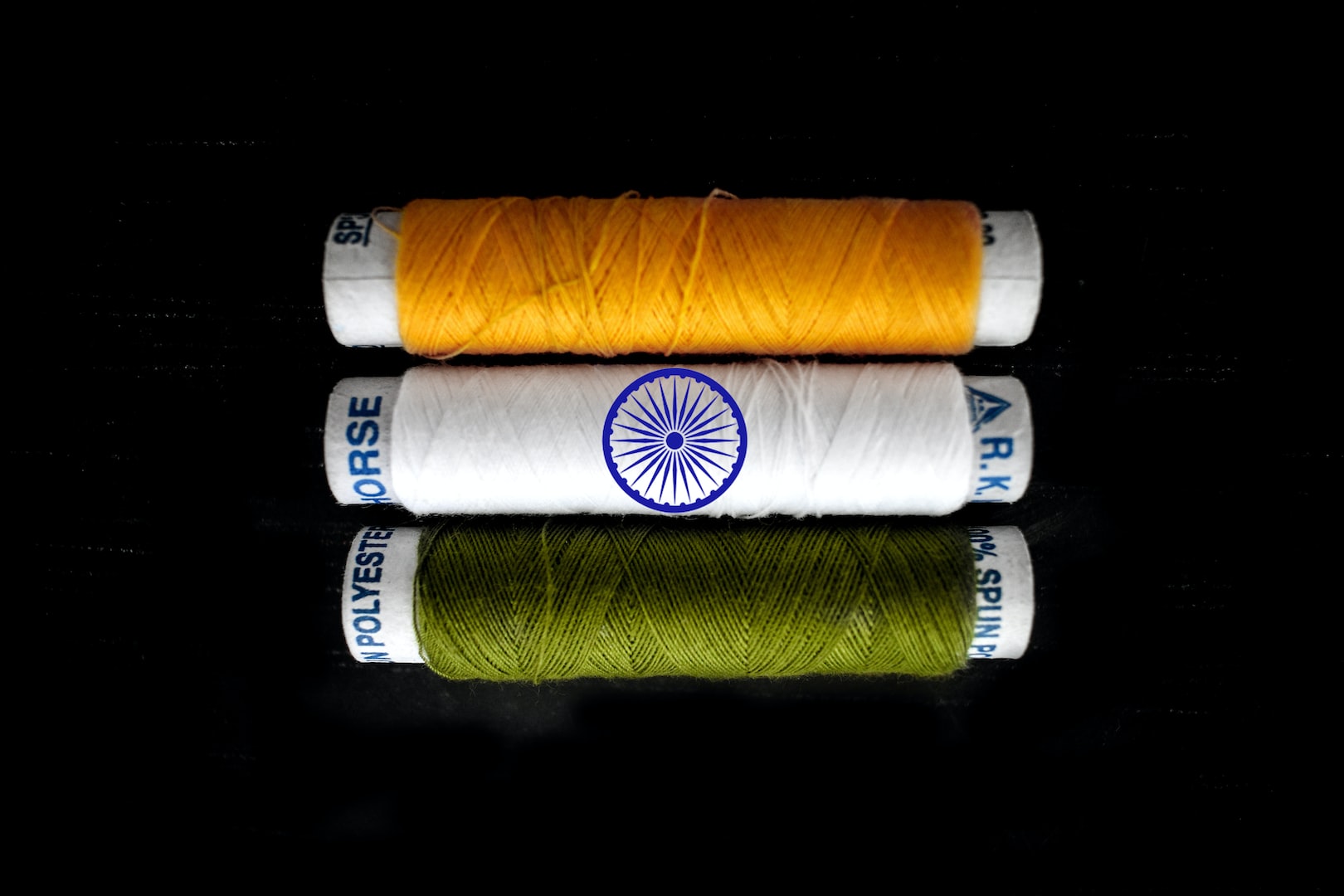
Steminist blog
Captain Lakshmi
Shreyasi Mukerji
As the renowned Indian Bharatanatyam dancer Mrinalini Sarabhai, then Mrinalini Swaminathan, was beginning her training in Tagore’s Shantiniketan in 1938, her elder sister Lakshmi Swaminathan was wrapping up her MBBS degree at Madras Medical College. Determined to serve the poorest Indian communities in Singapore rather than get conscripted to British efforts in World War II, Lakshmi moved to Singapore, where she first met the Azad Hind Fauj.
But Lakshmi wasn’t new to social activism and the struggle for freedom. Born to a privileged, multicultural family, Lakshmi grew up with the ideas of anti-imperialism, secularism, women empowerment and civil rights with exposure to her mother, A.V. Ammukutty, or Ammu Swaminathan, who was a social activist and freedom fighter herself. From rebelling against caste practices at an early age to burning all her foreign clothes in favor of Indian-spun cotton, Lakshmi was destined to thrive on the frontier of the freedom struggle.
While she served the needy migrant communities in Singapore, Lakshmi witnessed the capture of Singapore, a British stronghold, by Japanese forces. As she treated casualties from various battles, she met Indian prisoners of war, who were considering the Japanese empire’s offer to build an Indian army against the British. On the forefront of the decision in favor of such an army, Lakshmi became one of the first members of the INA - the Indian National Army, also known as the Azad Hind Fauj. And when Subhash Chandra Bose mentioned his intention to form a women’s regiment, she met with him the same night. In five hours, Dr. Lakshmi Swaminathan became Colonel Lakshmi of the Rani of Jhansi regiment, although she was more popularly known as Captain Lakshmi.
Captain Lakshmi, the only woman in the cabinet of the provisional government formed by the Azad Hind and the leader of an enthusiastic all-women regiment, remained active on the military front as well as the medical. Naturally, she was a dynamic part of the INA’s march with the Japanese army to Burma during World War II to eventually capture Delhi by entering India through Imphal. After multiple setbacks and skirmishes, the INA attempted to retreat. In March of 1945, Captain Lakshmi, along with other soldiers, was captured in the jungles of Burma just outside of Imphal, where she remained under house arrest. In 1946, she was sent to India to face the INA trials that only intensified Indians’ hatred of colonial rule, and was eventually released.
After her marriage to a fellow INA prisoner of war, Colonel Prem Kumar Sehgal, Dr. Lakshmi Sehgal settled in Kanpur. Not only did she see her country attain liberty, but also tended to the casualties of its painful consequence - the Partition. She continued to actively participate in building her newly formed country and its citizens and seeing them through the upcoming developmental work and socio-political change over the next few decades, and was awarded the Padma Vibhushan in 1998.
Although her pursuits post-Independence are valiant and deserve their own article, Captain Lakshmi was, and remained until her death in 2012, a true freedom fighter in every sense of the phrase. She worked towards the liberation of not only her country, but all oppressed communities that needed her voice and passion, including and especially women. She treated the wounds of refugees caught in the middle of a heartbreaking exodus, highlighted the ill-effects of the Bhopal Gas Tragedy on pregnant women, repeatedly showed up to care for victims of various riots, and even went to her maternity clinic on a daily basis until her last few years. I’m proud to be connected to her by the fact that she performed my own great-grandmother's hysterectomy!
Fighting for one’s country does not just mean liberation from colonial rule. It means striving for equality, social justice and economic reform. On India's 75th Independence Day, let’s remember that when we remember Captain Lakshmi and so many other valiant freedom fighters who gave us the lives we live today.
